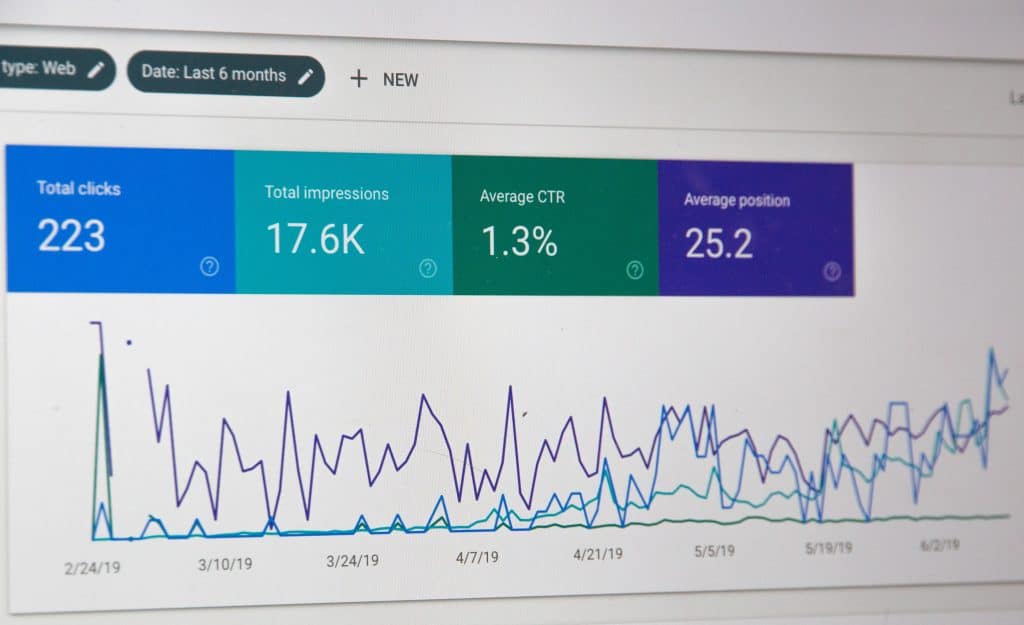
In digital marketing, data is the new gold, and tracking is the compass that leads to treasure. In this realm, UTM tags and QR codes reign supreme. They are the secret weapons that catapult your marketing campaigns to new heights. But what are these tools? And why are they so crucial in tracking the effectiveness of your marketing efforts? Let’s dive in and explore!
UTM tags and QR codes are more than just digital jargon. They are powerful tools that can provide valuable insights into your marketing campaigns. With UTM tags, you can track the performance of your online campaigns, while QR codes can bridge the gap between your online and offline marketing efforts. Together, they form a formidable duo that can supercharge your marketing strategy.
This blog post will dive deep into UTM tags and QR codes. We’ll explore what they are, how to implement them, and how they can revolutionize your marketing campaigns. So, buckle up and prepare for an exciting journey into the heart of digital marketing!
Understanding UTM Tags
UTM tags, or Urchin Tracking Module tags, are simple code snippets you can add to the end of your URLs. They consist of three main components: utm_source, utm_medium, and utm_campaign. These tags allow you to track where your traffic is coming from, the medium used to access your content, and the specific campaign that led to the interaction.
For instance, if you’re running an email campaign promoting a new product, you could use UTM tags to track how many people clicked on the link in your email and landed on your product page. This data can provide valuable insights into the effectiveness of your campaign and help you make data-driven decisions to optimize your marketing efforts.
But UTM tags aren’t just for email campaigns. They can be used to track traffic from social media, blog posts, partner websites, and more. Adding UTM tags to your URLs lets you comprehensively understand your online marketing performance and identify the channels that drive the most traffic and conversions.
How to Implement UTM Tags
Implementing UTM tags is easier than you might think. You can manually add them to your URLs or use a URL generator for convenience. Let’s walk through both methods.
To manually add UTM tags, append them to your URL’s end. For example, if you’re promoting a new blog post via an email campaign, your URL might look something like this:
www.yourwebsite.com/blogpost?utm_source=email&utm_medium=email&utm_campaign=new_blog_post
This URL tells you that the traffic came from an email (utm_source=email), the medium was also email (utm_medium=email), and the specific campaign was the new blog post (utm_campaign=new_blog_post).
If manually creating UTM-tagged URLs sounds tedious, don’t worry. Some tools can do the heavy lifting for you. Google Analytics provides a handy Campaign URL Builder, which allows you to input your URL and UTM parameters, and it will generate a UTM-tagged URL for you. This tool can save you time and ensure your UTM tags are correctly formatted.

Best Practices for Using UTM Tags
While UTM tags are relatively straightforward to use, there are some best practices you should follow to get the most out of them. First, it’s essential to use the utm_medium parameter carefully. This parameter should always be used in lowercase and reflect the medium through which the user accessed your content.
For example, if you’re tracking traffic from a Google Ads campaign, your utm_medium might be “cpc” for cost-per-click or “banner” for banner ads. If you’re tracking traffic from an email campaign, your utm_medium would be “email”. By consistently using the utm_medium parameter, you can accurately track the performance of different marketing channels.
Second, it’s crucial to be consistent with your UTM parameters. If you’re using “email” as your utm_medium for email campaigns, use it for all your email campaigns. Similarly, if you’re using “google” as your utm_source for traffic from Google, use it consistently across all your campaigns. This consistency will ensure that your data is accurate and easy to analyze.
Finally, don’t forget to track your UTM-tagged URLs. You can do this using Google Analytics or any other analytics tool that supports UTM tracking. You can gain valuable insights into your marketing performance by tracking your URLs and making data-driven decisions to optimize your campaigns.
The Power of QR Codes
Now, let’s shift gears and talk about QR codes. QR codes, or Quick Response codes, are two-dimensional barcodes that can be scanned using a smartphone camera. Once scanned, they can direct users to a specific webpage, making them a convenient tool for bridging the gap between offline and online marketing.
Imagine you’re running a print ad campaign. Traditionally, it’s challenging to measure the direct impact of such campaigns. However, embedding a QR code in your print ads lets you direct users to a specific webpage and track their interactions. This can provide valuable data about the effectiveness of your offline campaign and help you optimize your marketing efforts.
But the power of QR codes doesn’t stop there. They can also be used in digital marketing. For example, you can embed a QR code in an email or a social media post to direct users to a specific landing page. This can simplify the user experience and increase the effectiveness of your online campaigns.
Combining UTM Tags with QR Codes
The real magic happens when you combine UTM tags with QR codes. You can easily track online and offline marketing campaigns by embedding a UTM-tagged URL in a QR code.
For instance, let’s say you’re running a billboard ad campaign. You could embed a QR code in your billboard that directs users to a UTM-tagged URL. When users scan the QR code, they’re directed to your webpage, and the UTM tags track their interactions. This allows you to measure the effectiveness of your billboard campaign and gain valuable insights into your offline marketing performance.
Similarly, you could embed a QR code in an email that directs users to a UTM-tagged URL. When users scan the QR code, they’re directed to your webpage, and the UTM tags track their interactions. This allows you to measure the effectiveness of your email campaign and gain valuable insights into your online marketing performance.
Conclusion
In digital marketing, UTM tags and QR codes are more than just tools. They’re secret weapons that can supercharge your marketing campaigns. By implementing UTM tags and QR codes, you can track online and offline marketing performance, gain valuable insights into your marketing efforts, and make data-driven decisions to optimize your campaigns.
So, what are you waiting for? Start using UTM tags and QR codes today and unleash the full potential of your marketing campaigns!
Additional Resources
For more information on UTM tags and QR codes, check out the following resources:
- Google Analytics Campaign URL Builder
- How to Create a QR Code with QR-Code Generator
- How to Create a QR Code with QR-Code Monkey
- Google Analytics Help Center
Remember, the key to successful marketing is understanding your audience and how they interact with your content. UTM tags and QR codes provide a powerful way to gain these insights. So, don’t wait. Start implementing these tools in your marketing strategy today and watch your campaigns soar to new heights!
